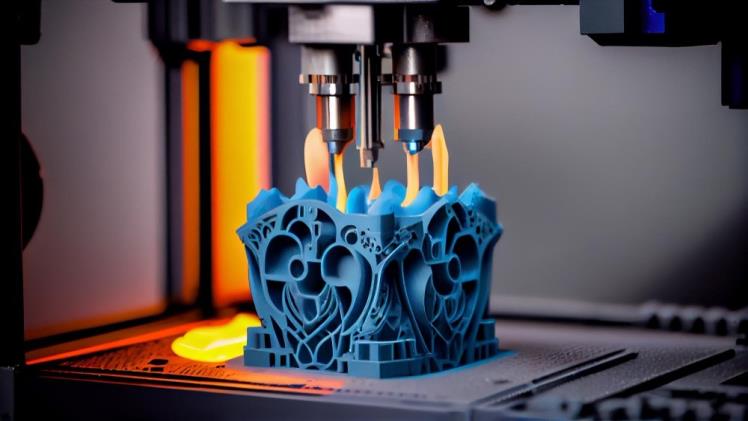When considering the impact of technology on various industries, perhaps one of the most transformational changes over the last few decades has been within design and manufacturing. From architects to engineers, many professionals have significantly benefitted from the ground-breaking technology known as Computer-aided Design (CAD). In this blog post, we will explore how CAD drafting has revolutionized the design and manufacturing process, becoming an indispensable game-changer in businesses, large and small, worldwide.
A Brief Overview of CAD Drafting
CAD Drafting, which is the utilization of computer technology for design and design documentation, has played an instrumental role in transforming traditional design and manufacturing processes. Being a highly versatile solution, it has a broad range of applications, varying from product enhancement, plant visualization, and beyond.
Evolution and Advancements of CAD
The journey of CAD technology from rudimentary 2D drawings to sophisticated 3D modeling solutions has been truly remarkable. In its early stages, designers mainly used CAD tools for creating basic two-dimensional models. However, with technology’s rapid advancement, it has now evolved, offering advanced 3D modeling and simulation capabilities. This evolution also paved the way for several complementary services, such as CAD drafting services, which are instrumental for businesses looking to enhance their design processes.
Various Applications of CAD
From construction plans to automobile design, CAD technology has made its mark within multiple industries, with its wide range of applications. Industries like automotive, aerospace, civil engineering, and industrial design have seen a significant increase in productivity, reduction in errors, and improved quality of end products.
The Impact of CAD Drafting on Design and Manufacturing
Over time, CAD drafting has proven itself to be more than just another technological tool; it’s become a game-changer in the realms of design and manufacturing. The technology has not only enhanced productivity but also driven innovation and increased flexibility in the design process.
Driving Innovation and Efficiency
With the integration of CAD drafting, designers can visualize back-of-the-napkin ideas, simulate them, and iterate over designs until they arrive at the most efficient and cost-effective design solution. CAD presents a safe playground for designers to test out and experiment with different design possibilities without actually manufacturing them, reducing material usage and minimizing waste. Therefore, CAD essentially drives innovation by allowing more experimentation without the cost penalty of physical prototyping. This non-restrictive environment promotes creativity and encourages breakthroughs in design, fostering unparalleled innovation.
Enhancing Accuracy and Reducing Errors
CAD drafting enables accurate and precise designs, reducing the risk of human error, which is often associated with manual drafting. With the precision that CAD software delivers, even the slightest discrepancies can be identified and rectified, ensuring that the final design is error-free. This advantage is particularly beneficial in complex designs where manual calculations and drawings have a higher probability of mistakes. Considering that small errors can lead to disastrous outcomes in fields like engineering and architecture, the need for CAD’s accuracy is undeniably momentous. This ensures the best possible output, contributing to time and cost efficiency.
The Growing Need for CAD Conversion Services
As the landscape of design and manufacturing transforms, businesses have a growing need for effective digital data management and interoperability. This need has brought to light a service that is becoming essential for every business dealing with design and manufacturing – CAD conversion services.
Seamless Data Management and Interoperability
With CAD conversion services, businesses can convert their older 2D or 3D paper designs and blueprints into digital formats. This conversion enables easy access, secure storage, quick retrieval, and seamless data transfer from one system to another, boosting productivity and enhancing business outcomes.
Future-proofing Your Business
By using CAD conversion services, businesses are essentially future-proofing themselves. Not only are they preserving crucial design data, but they are also ensuring that this data remains accessible and usable as we move further into the era of digital design and manufacturing.
Conclusion
In essence, CAD drafting has completely revolutionized the design and manufacturing process, driving efficiency, accuracy, and innovation in ways that were unimaginable even a few decades ago. And, as we look into the future, the growing need for services like CAD conversion further underscores CAD’s vital role in this ever-evolving landscape. As such, it becomes clear that CAD drafting is not merely a game-changer but an industry standard that businesses simply cannot afford to overlook.





